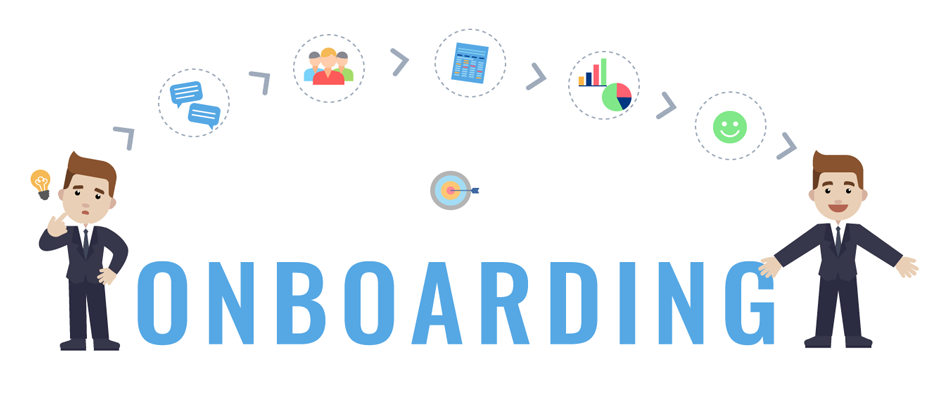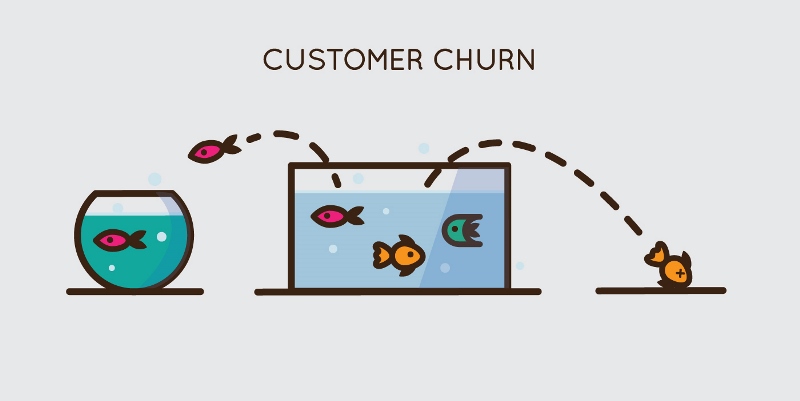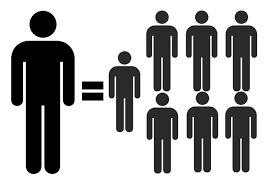Onboarding: Whats and Whys

I’m sure you are familiar with it too: when you try some service or website and find it difficult to figure out, how to work with it, what’s the benefits and etc. Right?
There are many reasons that can cause it: the product itself is really complex, a user lacks the experience, large-scale functionality just scares users who do not know where to start. To solve all these problems, there is an approach that involves introducing the client to the proposed product before starting direct use – onboarding. In this part, we’ll look into what’s onboarding, why it matters and why I need it:
What is onboarding?
Onboarding is the process of introducing a product to users that helps them understand and feel the value of your product or service.
This is not just user training: properly built onboarding will show users the maximum benefit of the service and lay the foundation for retention and upsells.

Why onboarding matters
According to a Sixteen Ventures study, a user who didn’t feel the benefit of your service during the first interaction with it will leave within 30-90 days. And he is unlikely to return because your competitors with useful onboarding are already waiting for him.
In online business, a lot depends on the first impression. It determines whether the user will continue to work with your service or not.
Thoughtful onboarding, which shows them your concern for their success, will help you turn casual users into regular customers and regular customers into brand advocates.
Here are some pleasant results onboarding leads to:
- less user churn

We all remember the fatal value of 90 days, after which uninvolved customers are disappointed and leave. It is important to have time to show customers (including onboarding) that their life will be much better with your service. So you save more customers and lose less profit.
- satisfied customers

The client will more likely be satisfied with your service if he can understand the logic of its work and solve his problem with minimal effort.
A service with amazing functionality that is difficult to use is unlikely to be successful – adapt it to the client, help him understand the product and show him the charm of what if offers – this all can be done through onboarding. A client who has realized how good your service will be with you longer and bring you more profit and new customers.
- more new customers

The more understandable and effective your service is, the more likely your customers will advise it to other people. There will be more customers (and profits too). According to the Edelman Trust Barometer, 84% of B2B decision-makers start buying with referrals – it sounds like a serious reason to start working on onboarding.
- higher efficiency

A reliable and repeatable onboarding process leads to the fact that users are better activated in the product, outflow indicators are reduced, you have more profit and recommendations from customers. Accordingly, efficiency increases, and you can scale your business.
- a clear focus of the project

If you determine in advance the user’s expectations during onboarding, it will be much easier for you not to waste time on unnecessary things and maintain a clear focus of the project.
Why do I need onboarding?
Onboarding helps to solve several important tasks:
1. Training: onboarding shows the user how to work with the product;
2. Activation: onboarding helps the user to see the advantages and benefits that he will receive from the service;
3. Retention: a user who has learned to use the product and receive profit from it during the onboarding process will most likely continue to use it.
In our next part, we’ll look into what types of onboarding exist and how to create an onboarding process and where.




